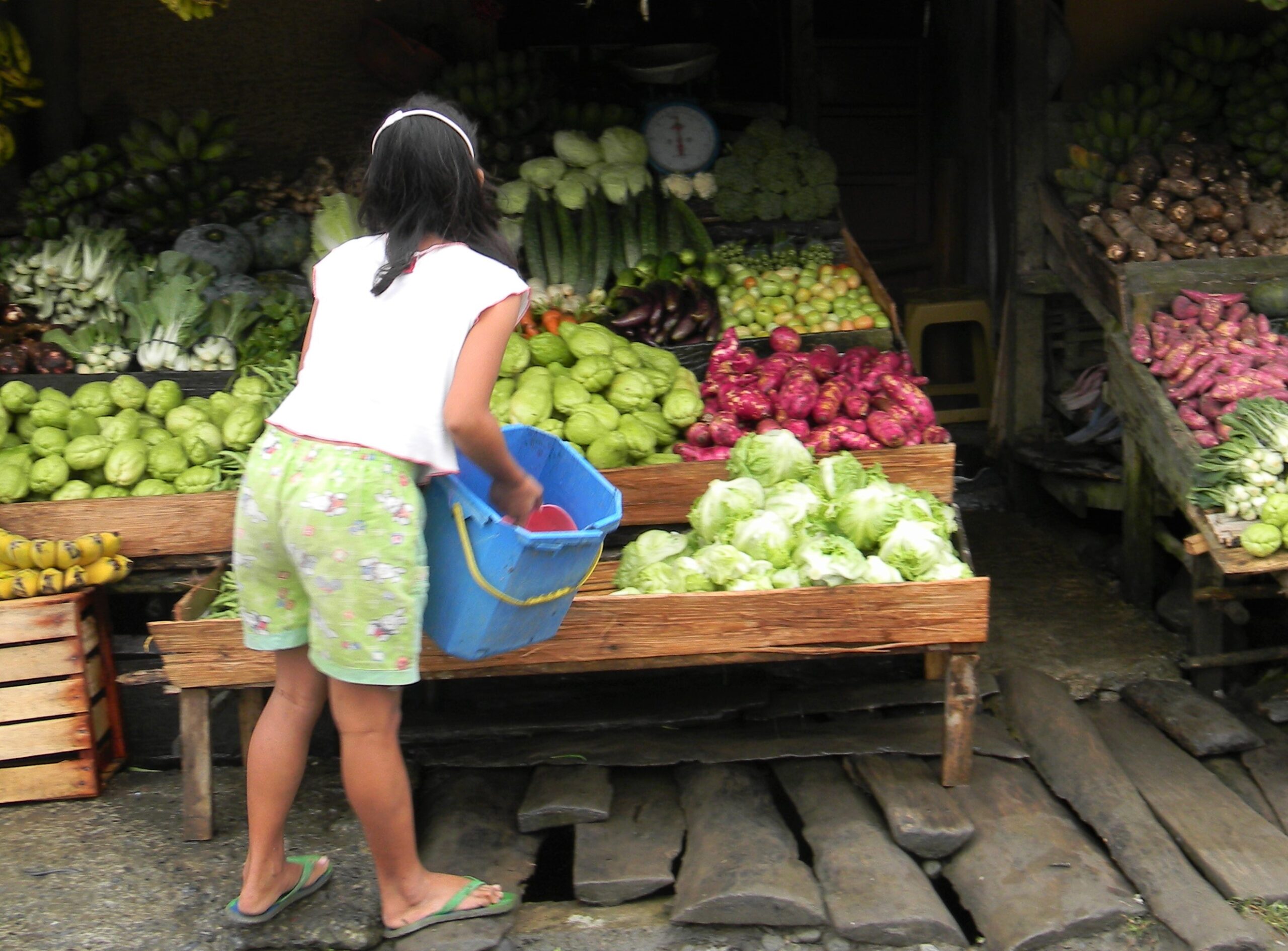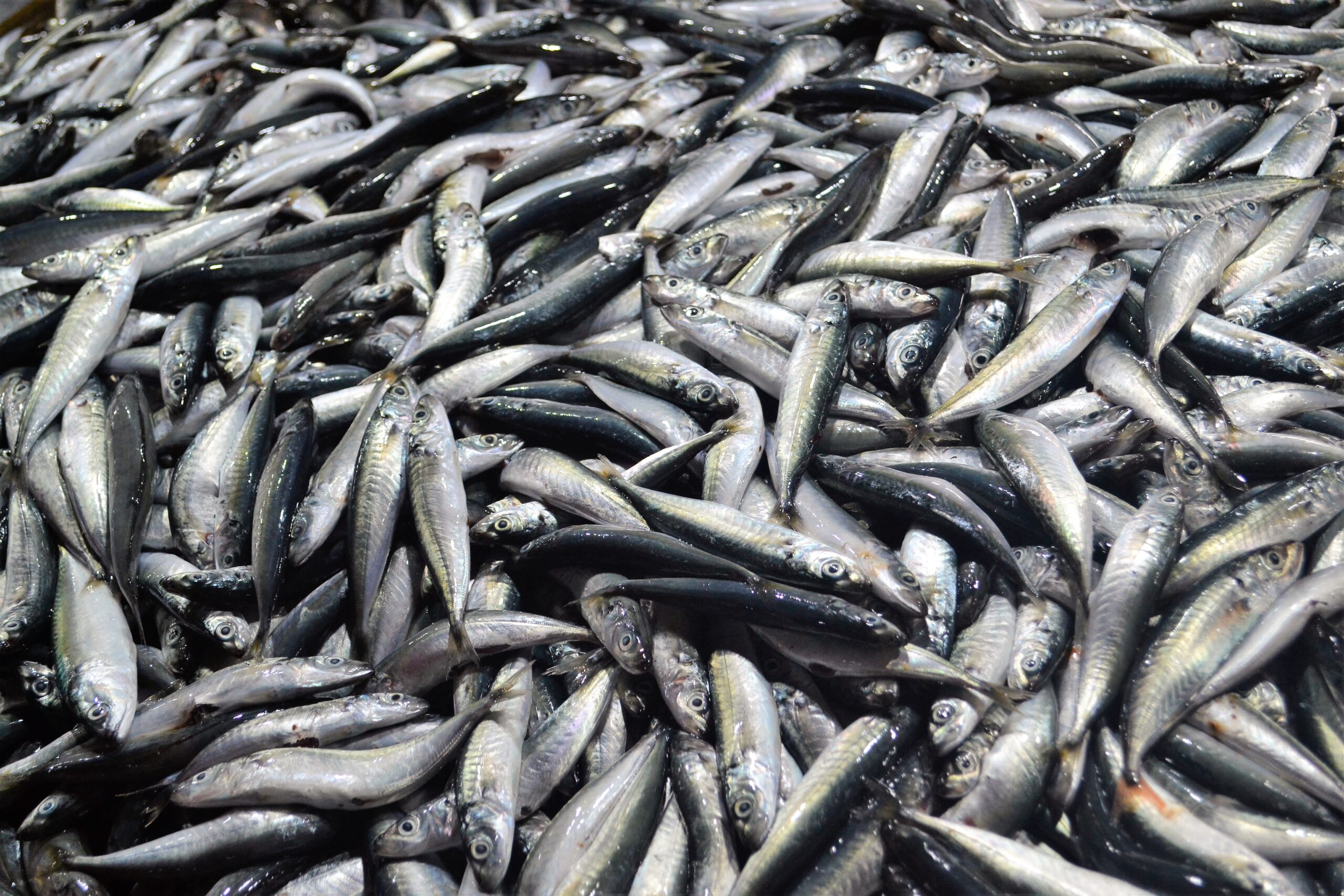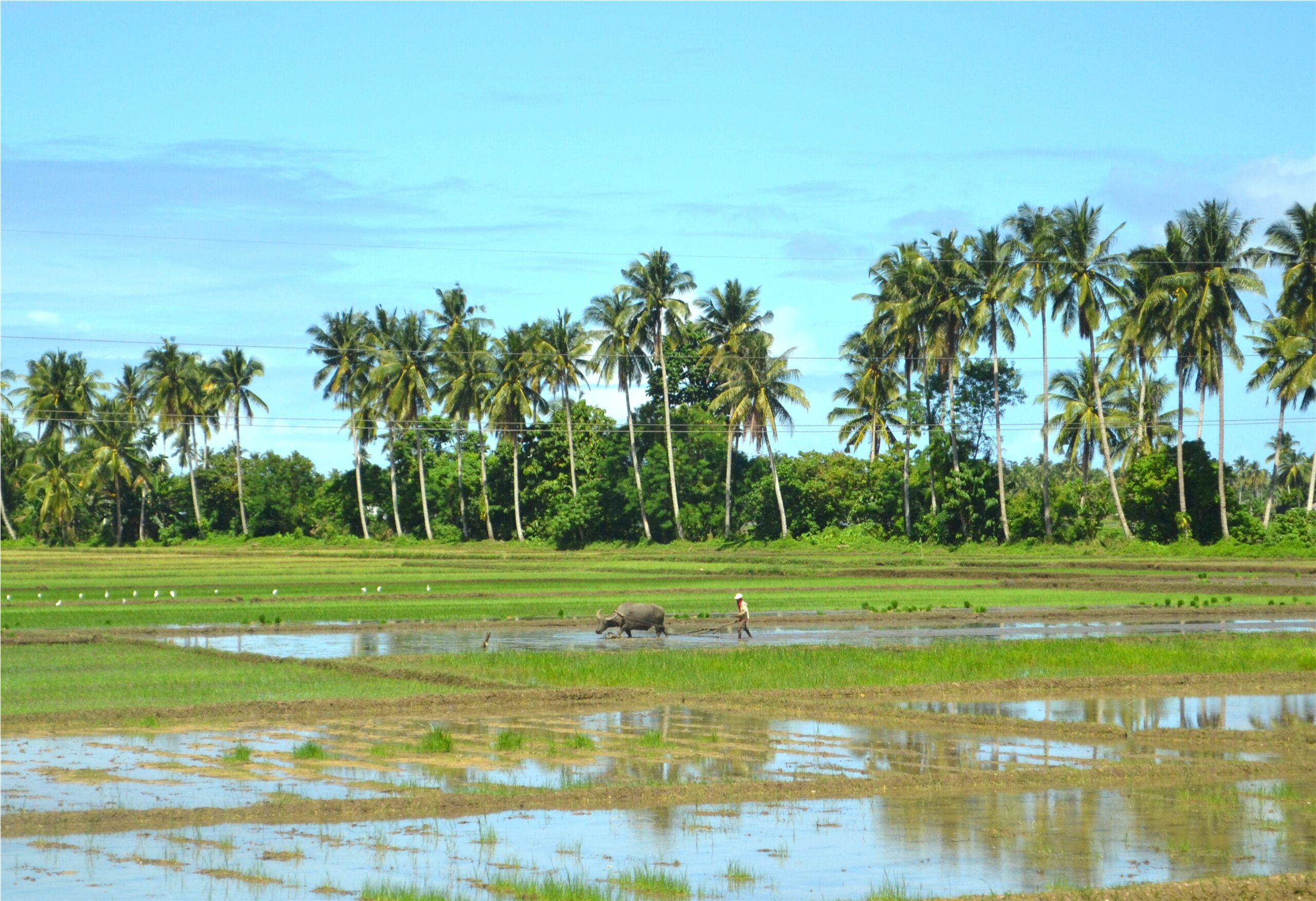Text and Photos by Henrylito D. Tacio
If the “business-as-usual scenario” continues, the number of Filipinos who go hungry “may greatly increase” aside from having a negative impact on the economy. All these will happen as a result of climate change.
The forecast was based on research conducted by the Washington, D.C.-based International Food Policy Research Institute (IFPRI).
Climate change scenarios played out to 2030, and 2050 show a reduction in average per capita consumption of cereals by 24% and fruits and vegetables by 13% – increasing the number of people at risk of hunger by 1.4 million in 2030 and 2.5 million by 2050 – if measures to curb rising global temperature fail. The projected economic costs are estimated at an annual average of P186 billion.
The IFPRI study said meat prices are projected to increase by 4%; among cereals, rice prices are projected to increase by 17%, corn prices by 44%, and wheat prices by 11%.
“It is critical that the world community works together to develop adaptation policies to ensure that the changing climate does not undermine efforts to reduce hunger and undernutrition,” said Dr. Mark Rosegrant, lead author of the study.
The result of the research is not surprising at all. Some years back, Dr. David Street of the US Argonne National Laboratory commented: “Global warming is more disastrous to the agricultural industry of the Philippines and its neighboring Asian countries than in other parts of the world.”
The Philippine Atmospheric, Geophysical, and Astronomical Services Administration (PAGASA) agree. “Agriculture in the country could be severely affected by temperature changes coupled with changes in rain regimes and patterns,” it explains. “Crops have been shown to suffer decreases in yields whenever temperatures have exceeded threshold values.”
For instance, the Laguna-based International Rice Research Institute (IRRI) said climate change can reduce rice yields. Its study showed that rice plants could benefit from higher levels of carbon dioxide in the atmosphere, but an increase in temperature up to four degrees Celsius would “nullify any yield increase.”
When it comes to food production, water plays a significant role. And water resources are particularly vulnerable to climate change. “In a warmer world, we will need more water – to drink and to irrigate crops,” said the London-based Panos Institute.
Agriculture is by far the biggest consumer of water around the world. “Agriculture is where future water shortages will be most acute,” wrote Michael S. Serrill in a special report for Time magazine.



“The link between water and food is strong,” says Dr. Lester R. Brown, president of Earth Policy Institute, also based in Washington, D.C. “We drink, in one form or another, nearly 4 liters of water per day. But the food we consume each day requires at least 2,000 liters to produce, 500 times as much.”
This explains why 70 percent of all water use is for irrigation. An estimated 40% of agricultural products and 60% of the world’s grain are grown on irrigated land. To raise a ton of rice, for instance, a farmer needs a thousand gallons of water, according to IRRI.
What is even more alarming is that there could be less water to go round, as underground water reserves in coastal areas are flooded by seawater, as sea level rises and as evaporation losses from reservoirs and rivers and flooded fields grow.
Rising sea levels are seen by many scientists as one of the most serious consequences of climate change. The International Panel on Climate Change (IPCC) predicted in 2007 that sea levels would rise by up to 59 centimeters (23 inches) before 2100 due simply to the expansion of warmer ocean waters.
As an archipelagic country with numerous low-lying coastal areas and communities, the Philippines is “most vulnerable to sea-level rise and its effects.” As Department of Foreign Affairs-Maritime and Ocean Affairs Office Director John Francis Herrera puts it: “Our future survival is at risk if sea level rise is allowed to go unabated.”
“Like a ship sinking in slow motions, tens of thousands of square kilometers of coastal lands would be gradually inundated by the ocean,” the IPCC report claimed. “Shallow seas, mangrove forests and coral reefs, containing thousands of varieties of coral and edible fish would be destroyed.”
Dr. Josefino Comiso, a senior research scientist at NASA’s Cryospheric Sciences Branch at the Goddard Space Flight Center, pointed out that a slight change in ocean temperature will definitely affect the country’s coral reefs.
In a series of journals, Science reported that global warming could trigger the death of coral reefs, with coral bleaching being the clearest sign. “When subjected to extreme stress (like high temperature of surface water),” explains Worldwatch Institute’s John C. Ryan, “corals jettison the colorful algae they live in symbiosis with, exposing the white skeleton of dead coral beneath a single layer of clear living tissue. If the stress persists, the coral dies.”
The Philippines has about 27,000 square kilometers of coral reefs, says Dr. Angel C. Alcala, the former environment secretary. As fishing grounds, they are thought to be 10 to 100 times as productive per unit area as the open sea. An estimated 10-15 percent of the total fisheries come from coral reefs. “Coral reef fish yields range from 20 to 25 metric tons per square kilometer per year for healthy reefs,” says Alcala.
About 80%-90% of the incomes of small island communities come from fisheries. “The fishing communities who depend on the coral for their catch will be affected,” said Abigail Jabines, climate, and energy campaigner for the Southeast Asia section of Greenpeace.
As fish migrate to cooler and deeper waters, this would force fisher folks to travel further from the coasts to increase their catch.
Climate change is an environmental threat unlike any other the world has ever faced. “While human activities during the past century have damaged a long list of nature systems, most of these problems are local or regional in scope and can be revered in years to decades if sufficient effort is exerted,” Christopher Flavin wrote in his book, Slowing Global Warming: A Worldwide Strategy.
Climate change is not very hard to explain. “We are increasing emissions of greenhouse gases and thus their concentrations in the atmosphere are going up,” said Dr. Robert Watson, who once served as chairman of the Nobel-winning IPCC.
Greenhouse gases (GHGs) produce the greenhouse effect, which traps heat near the earth’s surface, maintaining a relatively constant temperature. However, many human activities increase the number of greenhouse gases in the atmosphere. As concentrations increase, the temperature of the earth also rises.
Carbon dioxide, methane, and nitrous oxide are the major GHGs. “Carbon dioxide stays in the atmosphere for up to 1,000 years, methane for around a decade, while nitrous oxide for approximately 120 years,” said a UN report.
Measured over a 20-year period, methane is said to be 80 times more potent than carbon dioxide in causing the increase of temperature of the planet, while nitrous oxide is 280 times more potent.
“Human-caused nitrous oxide emissions largely arise from agriculture practices,” the UN report stated. “Bacteria in soil and water naturally convert nitrogen into nitrous oxide, but fertilizer use and run-off add to this process by putting more nitrogen into the environment.”
Methane is a gas created naturally as a waste product of anaerobic bacteria (living with little or no oxygen). These bacteria produce methane gas in waterlogged soils and wetlands, but also in human-produced environments such as rice paddies.
“An estimated 19 percent of the world’s methane production comes from rice paddies,” said Dr. Alan Teramura, a botany professor at the University of Maryland in the United States.
Aside from rice paddies, cuddling animals like cattle also contribute 14%, while animal waste is the source of 5% of the global methane production. IRRI said that the concentration of methane in the atmosphere has more than doubled during the past 200 years.
“Global emissions must be reduced by 45% by the end of the decade to reach carbon neutrality by mid-century, which requires an avalanche of action in 2022,” stressed UN Secretary-General Antonio Guterres.
Climate change means much more than the perceived higher global temperatures. It could result in a wide range of catastrophic consequences.
In the Philippines, for instance, rising temperatures are expected to spur changes in rainfall patterns. “Weather patterns (in the Philippines) may change with projections of higher rainfall and drier summers,” said Dr. Rodel D. Lasco, the Filipino IPCC member. “These could adversely affect millions of hectares of farm lands. In the rainy season, there will be more frequent floods and in the dry season, there will be less water available for irrigation. Overall, it threatens the food security of our country.”

